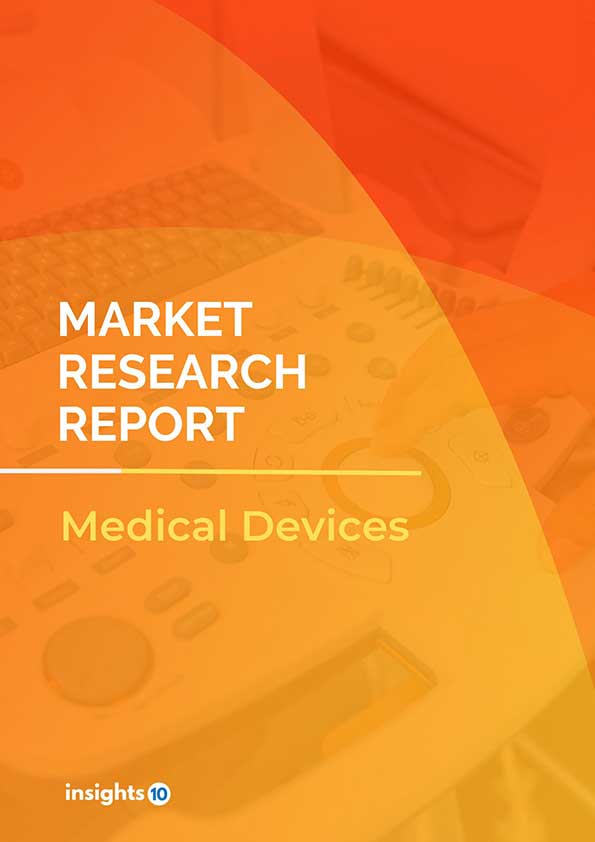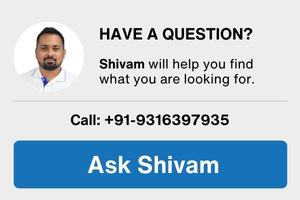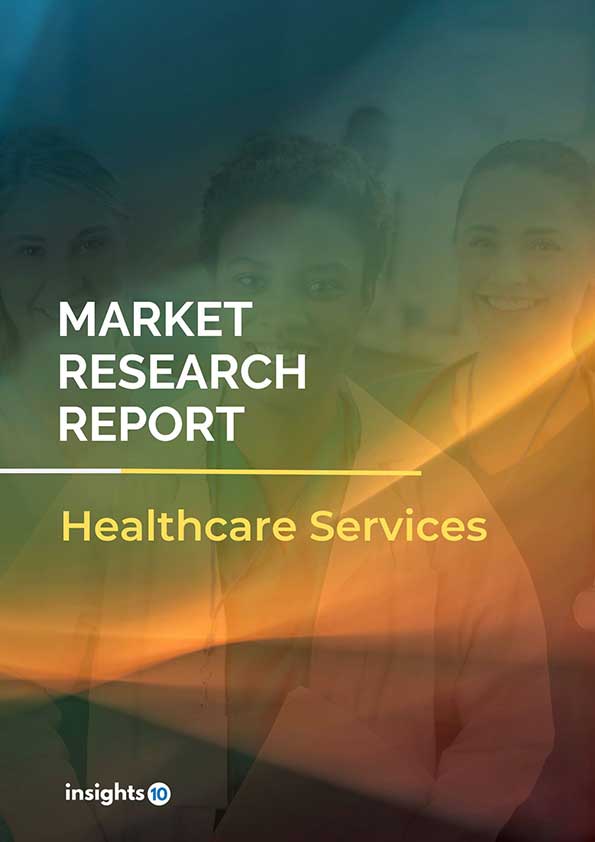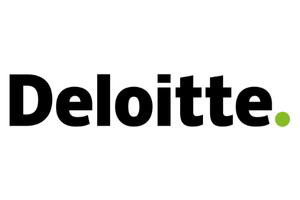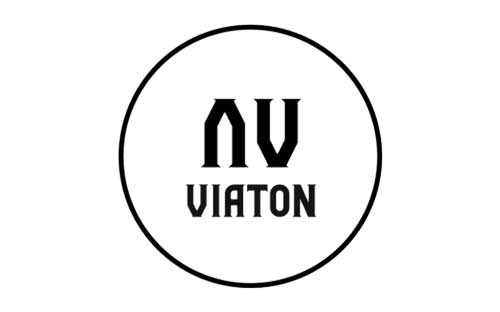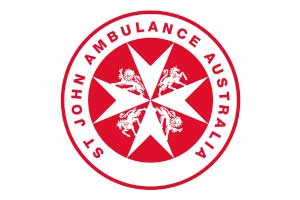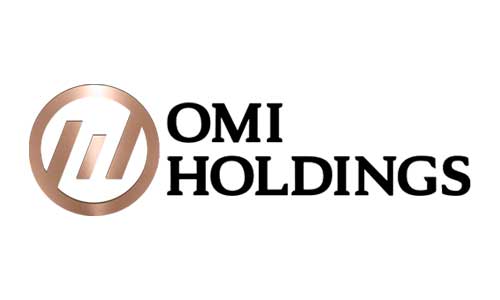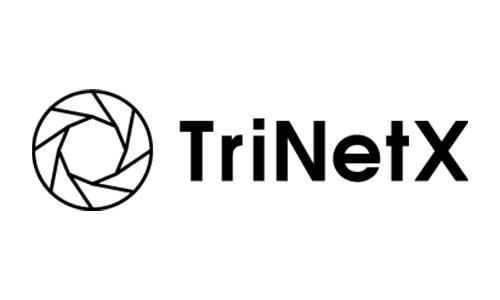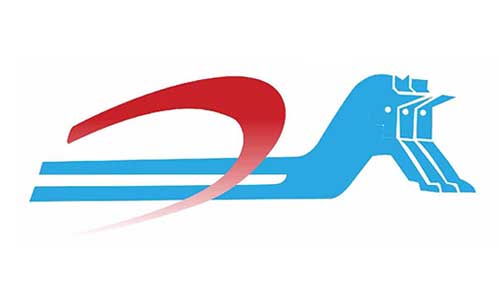Kenya Neurology Devices Market Analysis
The Kenya Neurology Device Market is expected to witness growth from $xx Bn in 2022 to $xx Bn in 2030 with a CAGR of xx% for the forecasted year 2022-2030. In Kenya, neurological disorders are becoming more common as a result of factors like changing lifestyles, an older population, and increasing awareness. This is anticipated to increase the demand for neurology devices in Kenya. The market is segmented by product type and by the end user. Some key players in this market include Techno Brain Group, Biodeal Laboratories, Johnson and Johnson, GE Healthcare, Stryker, Medtronic and Abbott laboratories.
Buy Now

Kenya Neurology Devices Market Executive Analysis
The Kenya Neurology Devices Market size is at around $xx Bn in 2022 and is projected to reach $xx Bn in 2030, exhibiting a CAGR of xx% during the forecast period. Kenya spent 6.2% of its GDP overall on healthcare in 2021. Compared to 2018, when the expenditure represented 4.7% of the GDP, this is a significant increase. In recent years, the Kenya government has worked to rise healthcare spending. The government increased its funding for the health sector by around $90 Mn from the prior fiscal year to $1.1 Bn in the budget for 2021–2022.
In Kenya, stroke is the primary cause of death and disability, accounting for 3.1% of all mortality. 35,000 people in Kenya get a stroke every year. Over 1 million people in Kenya suffer from epilepsy, which is a common neurological illness. In Kenya, particularly among young people, Traumatic Brain Injury (TBI) is a substantial cause of illness and mortality. TBI admissions made up 7.6% of total hospital admissions in Kenya's tertiary care facilities in 2020. Parkinson's disease is a neurological disorder that impairs movement, and there are about 6,000 sufferers in Kenya. The prevalence of dementia in Kenya is 3.2%, and it is an increasing public health concern, particularly with the ageing population. Adopting neurology devices in Kenya has many benefits, including accurate and prompt diagnosis of neurological illnesses, improved treatment outcomes, and superior patient care. These capabilities allow healthcare professionals to give more specialised and effective care, reducing the total burden that neurological diseases place on patients and the healthcare system. Neurology devices have many different functions, benefits, and applications in Kenya. The effectiveness and outcomes of patients are greatly improved by these instruments, which are essential for the early diagnosis and treatment of neurological diseases.
Market Dynamics
Market Growth Drivers
In Kenya, neurological disorders are becoming more common as a result of factors like changing lifestyles, an older population, and increasing awareness. This is anticipated to increase demand in Kenya for neurology devices. The development of more effective and efficient neurology devices as a result of technological developments is likely to increase demand for these devices in Kenya. It is anticipated that as people become more proactive in seeking diagnosis and treatment for neurology diseases, there will be an increase in demand for neurology devices due to the increased knowledge and education about neurological disorders in Kenya.
Market Restraints
The use of Neurology devices may be constrained by Kenya's restrictive reimbursement regulations for neurology devices. The time it takes for neurology devices to reach the market and their uptake in Kenya may be impacted by regulatory difficulties.
Competitive Landscape
Key Players
- Techno Brain Group (KE)
- Biodeal Laboratories (KE)
- Medtronic
- Abbott Laboratories
- Johnson & Johnson
- Boston Scientific
- GE Healthcare
Recent Notable Deals
2021: To distribute their neurostimulation and neurodiagnostic devices in Kenya in 2020, the U.S.-based medical device maker Magstim teamed up with the Kenyan distributor of medical devices Magnate Ventures. This collaboration aims to increase Kenya's and East Africa's access to cutting-edge neurology devices.
2020: In order to commercialise their non-invasive brain stimulation device for treating severe depressive illness, the American neurotechnology company Neurotech and the Kenyan medical device distributor Medisel Kenya Limited established cooperation in 2020. Early in 2021, the Kenyan Pharmacy and Poisons Board approved the device, known as the NeuroStar Advanced Treatment System.
Healthcare Policies and Regulatory Landscape
The Pharmacy and Poisons Board (PPB), which is in charge of licencing and regulating neurology devices in Kenya, PPB is in charge of overseeing the regulatory environment for neurology devices in Kenya. Guidelines for the registration of neurological devices have been set by the Pharmacy and Poisons Board (PPB). The Kenyan Ministry of Health (MOH) is in charge of creating and carrying out healthcare policies in the nation in addition to PPB laws. The Kenya National eHealth Policy 2016-2030, which aims to increase the accessibility and quality of healthcare services in Kenya through the use of digital technologies, is one of the policies and guidelines for neurology devices that the MOH has produced.
1. Executive Summary
1.1 Device Overview
1.2 Global Scenario
1.3 Country Overview
1.4 Healthcare Scenario in Country
1.5 Regulatory Landscape for Medical Device
1.6 Health Insurance Coverage in Country
1.7 Type of Medical Device
1.8 Recent Developments in the Country
2. Market Size and Forecasting
2.1 Market Size (With Excel and Methodology)
2.2 Market Segmentation (Check all Segments in Segmentation Section)
3. Market Dynamics
3.1 Market Drivers
3.2 Market Restraints
4. Competitive Landscape
4.1 Major Market Share
4.2 Key Company Profile (Check all Companies in the Summary Section)
4.2.1 Company
4.2.1.1 Overview
4.2.1.2 Product Applications and Services
4.2.1.3 Recent Developments
4.2.1.4 Partnerships Ecosystem
4.2.1.5 Financials (Based on Availability)
5. Reimbursement Scenario
5.1 Reimbursement Regulation
5.2 Reimbursement Process for Diagnosis
5.3 Reimbursement Process for Treatment
6. Methodology and Scope
Neurology Device Market Segmentation
The Neurology Device Market is segmented as mentioned below:
By Product Type (Revenue, USD Billion):
- Neurostimulation
- ?Spinal Cord Stimulation Devices
- Deep Brain Stimulation Devices
- Sacral Nerve Stimulation
- Vagus Nerve Stimulation
- Gastric Electric Stimulation
- Interventional Neurology
- Aneurysm Coiling & Embolization
- Embolic Coils
- Flow Diversion Devices
- Liquid Embolic Agents
- Cerebral Balloon Angioplasty & Stenting
- Carotid Artery Stents
- Filter Devices
- Balloon Occlusion Devices
- Neurothrombectomy
- Clot Retriever
- Suction Aspiration Devices
- Snares
- CSF Management
- CSF Shunts
- CSF Drainage
- Neurosurgery Devices
- Ultrasonic Aspirators
- Stereotactic Systems
- Neuroendoscopes
- Aneurysm Clips
By End User (Revenue, USD Billion):
- ??Hospitals and Clinics
- Specialty Centres
- Others
Methodology for Database Creation
Our database offers a comprehensive list of healthcare centers, meticulously curated to provide detailed information on a wide range of specialties and services. It includes top-tier hospitals, clinics, and diagnostic facilities across 30 countries and 24 specialties, ensuring users can find the healthcare services they need.
Additionally, we provide a comprehensive list of Key Opinion Leaders (KOLs) based on your requirements. Our curated list captures various crucial aspects of the KOLs, offering more than just general information. Whether you're looking to boost brand awareness, drive engagement, or launch a new product, our extensive list of KOLs ensures you have the right experts by your side. Covering 30 countries and 36 specialties, our database guarantees access to the best KOLs in the healthcare industry, supporting strategic decisions and enhancing your initiatives.
How Do We Get It?
Our database is created and maintained through a combination of secondary and primary research methodologies.
1. Secondary Research
With many years of experience in the healthcare field, we have our own rich proprietary data from various past projects. This historical data serves as the foundation for our database. Our continuous process of gathering data involves:
- Analyzing historical proprietary data collected from multiple projects.
- Regularly updating our existing data sets with new findings and trends.
- Ensuring data consistency and accuracy through rigorous validation processes.
With extensive experience in the field, we have developed a proprietary GenAI-based technology that is uniquely tailored to our organization. This advanced technology enables us to scan a wide array of relevant information sources across the internet. Our data-gathering process includes:
- Searching through academic conferences, published research, citations, and social media platforms
- Collecting and compiling diverse data to build a comprehensive and detailed database
- Continuously updating our database with new information to ensure its relevance and accuracy
2. Primary Research
To complement and validate our secondary data, we engage in primary research through local tie-ups and partnerships. This process involves:
- Collaborating with local healthcare providers, hospitals, and clinics to gather real-time data.
- Conducting surveys, interviews, and field studies to collect fresh data directly from the source.
- Continuously refreshing our database to ensure that the information remains current and reliable.
- Validating secondary data through cross-referencing with primary data to ensure accuracy and relevance.
Combining Secondary and Primary Research
By integrating both secondary and primary research methodologies, we ensure that our database is comprehensive, accurate, and up-to-date. The combined process involves:
- Merging historical data from secondary research with real-time data from primary research.
- Conducting thorough data validation and cleansing to remove inconsistencies and errors.
- Organizing data into a structured format that is easily accessible and usable for various applications.
- Continuously monitoring and updating the database to reflect the latest developments and trends in the healthcare field.
Through this meticulous process, we create a final database tailored to each region and domain within the healthcare industry. This approach ensures that our clients receive reliable and relevant data, empowering them to make informed decisions and drive innovation in their respective fields.
To request a free sample copy of this report, please complete the form below.
We value your inquiry and offer free customization with every report to fulfil your exact research needs.
The market is segmented by product type and by end-user.
The Kenya neurology devices market is studied from 2022-2030.
Techno Brain Group, Biodeal Laboratories, Johnson and Johnson, GE Healthcare, Stryker, Medtronic and Abbott laboratories are the major companies operating in Kenya's neurology devices market.
